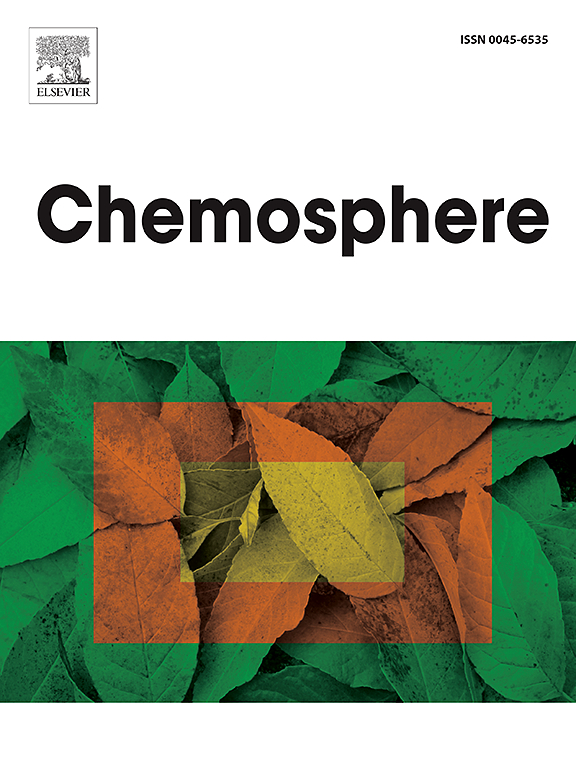Mineral content in clam species from Sicily and Sardinia: A geographical, temporal and species-specific statistical comparison
IF 8.1
2区 环境科学与生态学
Q1 ENVIRONMENTAL SCIENCES
引用次数: 0
Abstract
Clams are bivalves molluscs that have been exploited as food since ancient times. They contain high-quality nutrients, including essential minerals that have a great influence on human health. However, clams absorb and bioaccumulate potentially toxic elements, characterized by persistence in the environment, toxicity, and ability to accumulate and magnify within biological systems. For the first time, three co-occurring clam species (Ruditapes decussatus, Cerastoderma glaucum and Polititapes aureus) were investigated in their concentration of 20 mineral elements by inductively coupled plasma mass spectrometry (ICP-MS). The samples were collected in 2023 and 2024 from transitional water environments in Sicily, characterized by different levels of anthropogenic pressure. Additionally, R. decussatus samples from commercially exploited beds in two Sardinian lagoons were compared with samples of the locally consumed Sicilian stocks. Aim of the study was to carry out a geographical, temporal and species-specific statistical comparison of a wide range of elements, providing a novel contribution to the field. The clams showed an important level of essential elements, including Fe and Zn. The concentration of potentially toxic elements, being very low (Hg, Pd and Cd below the legal limits), does not cause health problems, according to risk assessment. The main potentially toxic element found in all samples is Al. The results showed a high variability in mineral concentrations among the different samples, in terms of time, species and, mostly, location, as proved by the PCA statistical model which discriminated Sicilian clams from Sardinian clams, due to the higher concentration of potentially toxic elements in the latter.

求助全文
约1分钟内获得全文
求助全文
来源期刊

Chemosphere
环境科学-环境科学
CiteScore
15.80
自引率
8.00%
发文量
4975
审稿时长
3.4 months
期刊介绍:
Chemosphere, being an international multidisciplinary journal, is dedicated to publishing original communications and review articles on chemicals in the environment. The scope covers a wide range of topics, including the identification, quantification, behavior, fate, toxicology, treatment, and remediation of chemicals in the bio-, hydro-, litho-, and atmosphere, ensuring the broad dissemination of research in this field.
 求助内容:
求助内容: 应助结果提醒方式:
应助结果提醒方式:


